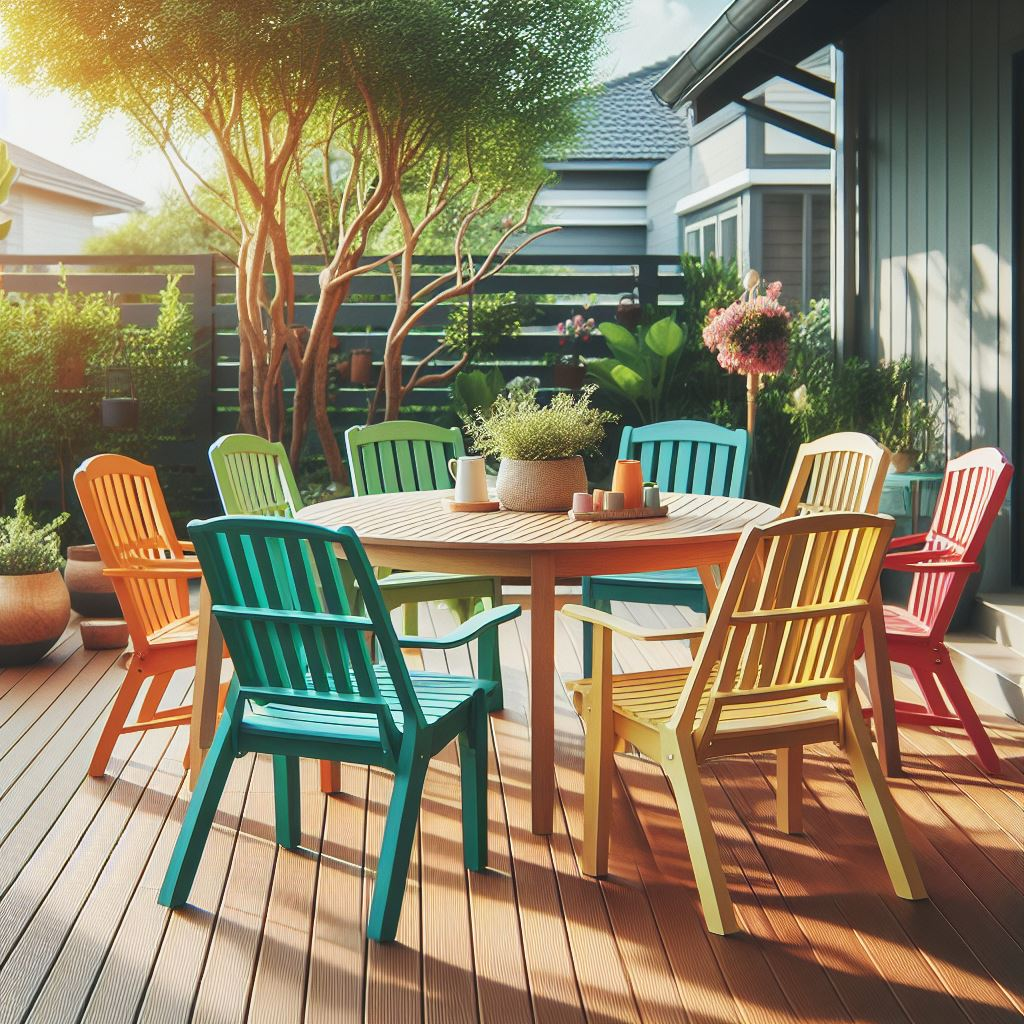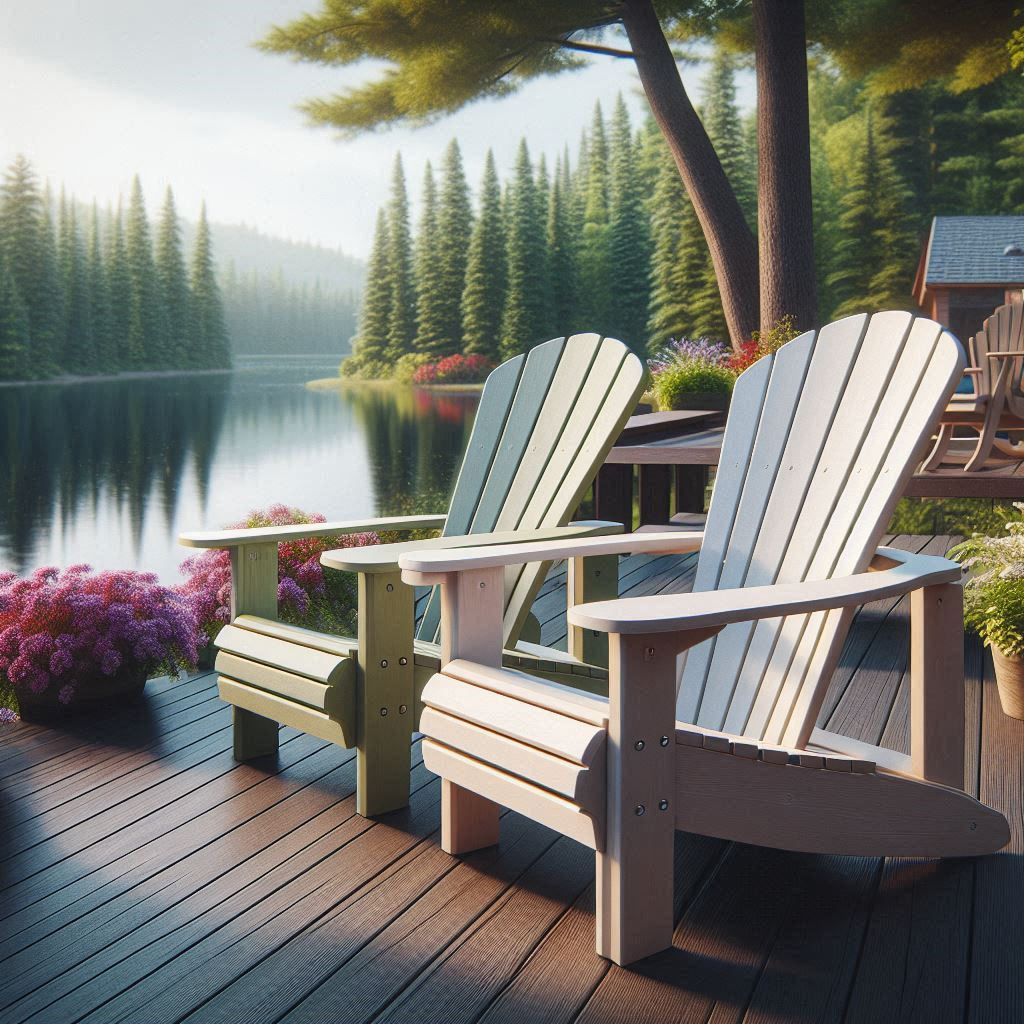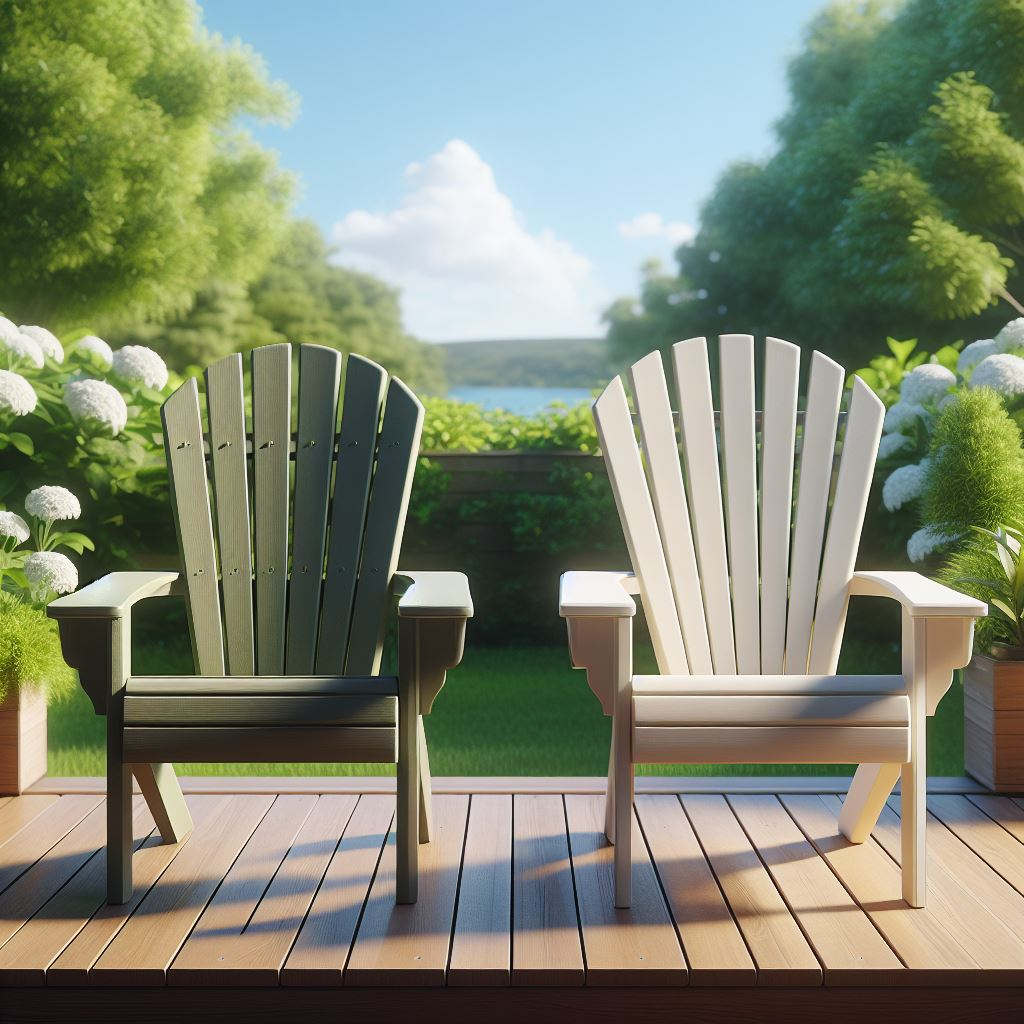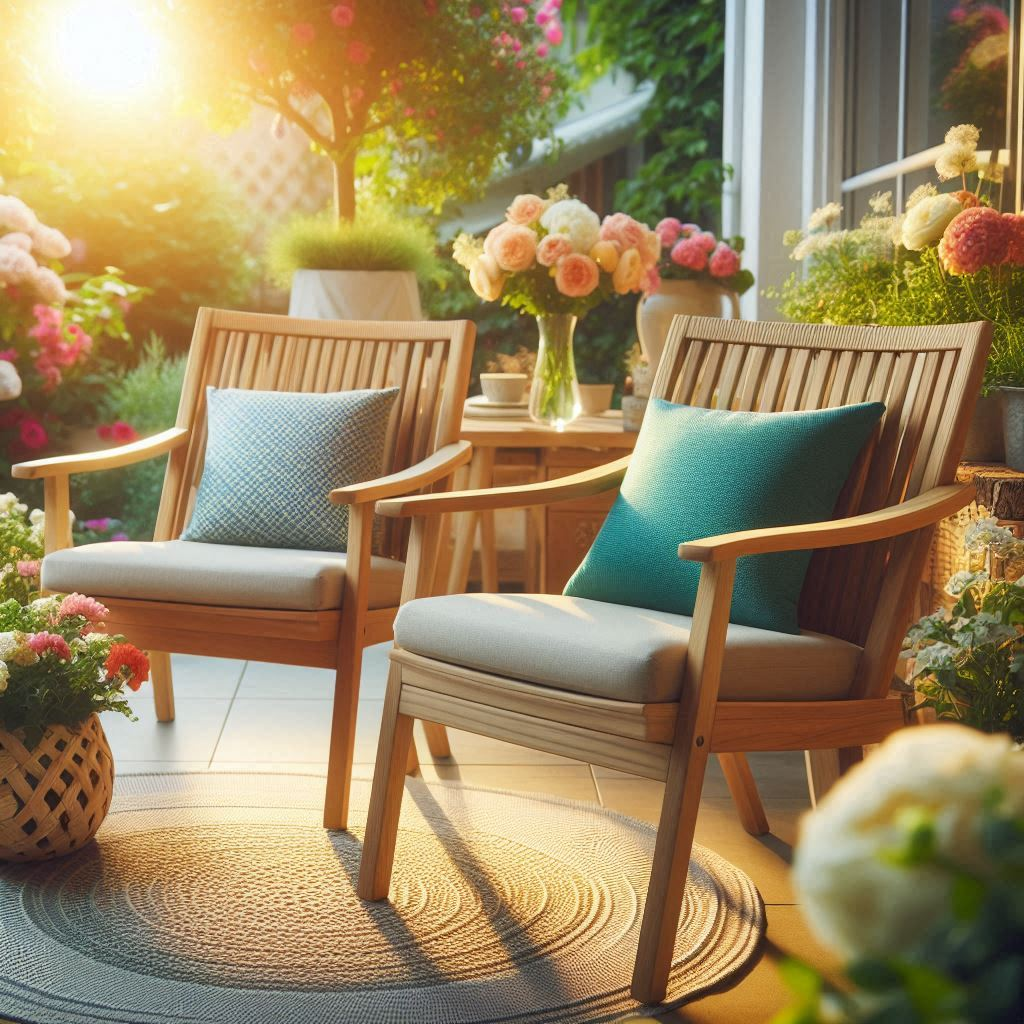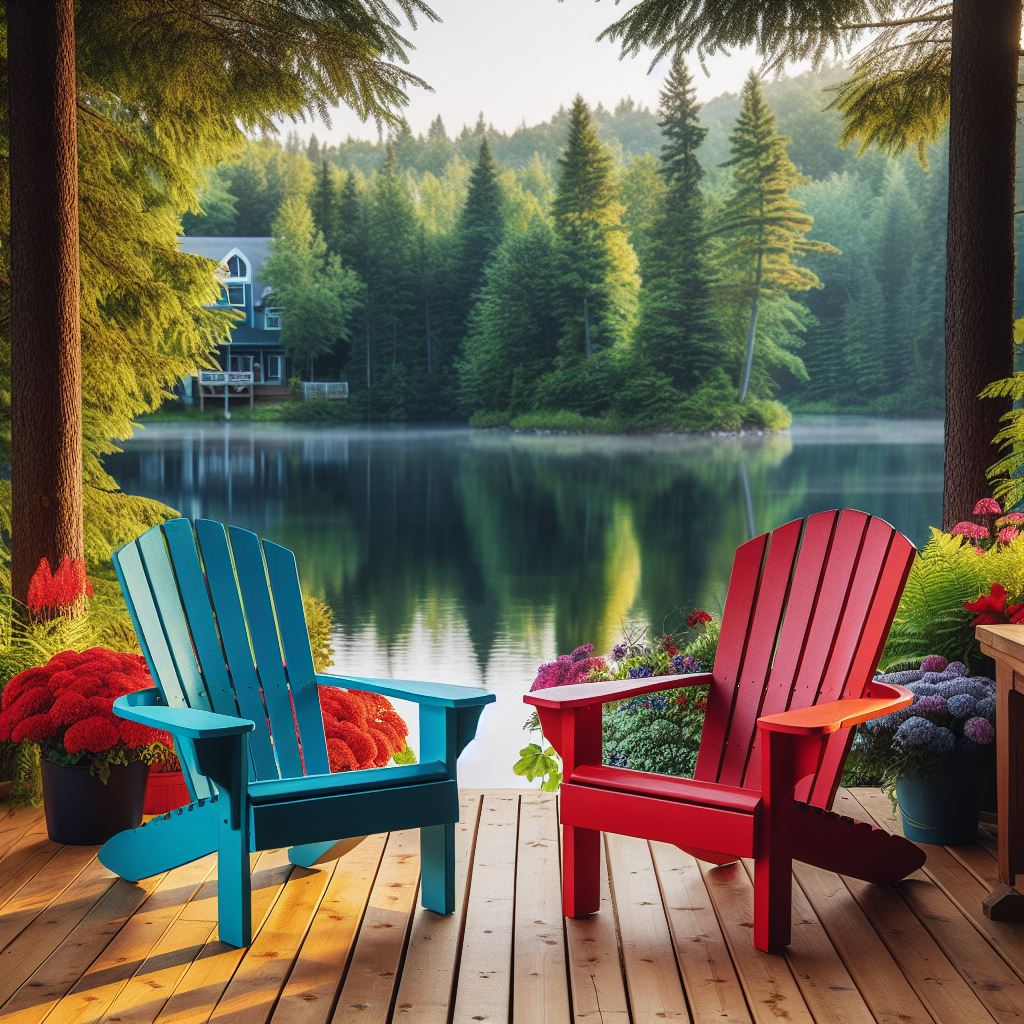As a person obsessed with outdoor furniture, I’ve had the luck to experience on my skin the collections of Polywood as well as Polydun. Check this below if you want to have the detailed differences between the both that exceed with instances.
My Experience with Polywood
With the advent of Polywood in the outdoor furniture industry, it has not been surprising that this material gives better results. They were among the ones who began to use the recycled stuff of high-density polyethylene (HDPE) to develop hard-wearing and water-resistant garden furniture of high quality. I felt as if I owned a Polywood Adirondack chair after my purchase. However, its components have been weather-beaten numerous times by corrosive compounds such as salt spray and oils, and it has held up surprisingly well. It is still as vibrant since the first day of my purchase. Only this is due to the UV-inhibited pigment systems that are used in Polywood products.
The Polywood benches don’t ever need any type of maintenance. I had wooden furniture before and such can be a rather tedious work. Work with Polywood: I will spend less time undergoing routine cleaning and maintenance processes and enjoy more time relaxing on the furniture.
My Journey with Polydun
Polydun, which is less popular than the cute and ephemeral Polywood, however, has its very own beauty. Just like Polywood, Polydun applies HDPE in all of its products, and apart from that it uses corrosive-resistant marine-grade stainless steel hardware, which leads to more durability as a whole. I have a Polydun group of seats that is resistant to both sun and rain and exists to this day. The painted wood walk that remains steady and shiny also has a traditional note to it that I really enjoy.
A feature of Polydun that surprised me was its light-fastness – it turns out to withstand the damage from sun weathering. We once had other kinds of furniture including chairs, cooking grills, and tables that unfortunately faded and began to crack after a few months and being exposed to harsh weather conditions. The good thing is that the Polydun dining set has remained as vibrant and as strong as when we first bought it.
Final Thoughts
On one hand, Polywood and Polydun also have an appeal of their own. Polywood’s resistance to corrosive components and low maintenance together as appealing to those who enjoy the hands-off attitude in their outdoor furniture. On the other side eying of sunshine and traditional style could be perfect for those who prefer a traditional wood look combined with the dependability of modern materials.
It eventually boils down to the conclusion between the two according to the choices of the people and the specific needs of each person. On the other hand, it is one hundred percent sure that from Polywood or Polydun you are purchasing a product of high quality, diligence, and sustainability. And that is a decision for which you can proudly pat yourself on the back. Happy shopping!
Comparison table between Polydun and Polywood Chairs:
| Features | Polywood | Polydun |
|---|---|---|
| Material | High-Density Polyethylene (HDPE) | HDPE and Marine-Grade Stainless Steel Hardware |
| Resistance to Corrosive Substances | Yes (Resistant to salt sprays, oils, fuels, chemicals, and moisture) | Yes (Resistant to various weather conditions) |
| Resistance to Sunlight | Yes (UV-inhibited pigment systems help maintain color) | Exceptionally High (Designed to withstand the harshest of sun rays) |
| Maintenance | Low (No need for sanding, coating, or painting. Colors do not fade over time) | Low (Easy to clean. Painted wood look that won’t fade or peel) |
| Aesthetic | Mimics the look of traditional wood furniture | Painted wood look that gives a more traditional feel |
| Durability | High (Can withstand various weather conditions) | High (Does not crack, rust, peel, or rot) |
| Environmental Impact | Uses recycled materials, reducing waste | Uses durable materials, contributing to product longevity |
| Cost | Generally more expensive than traditional wood furniture | Varies, depending on the specific product and design |
